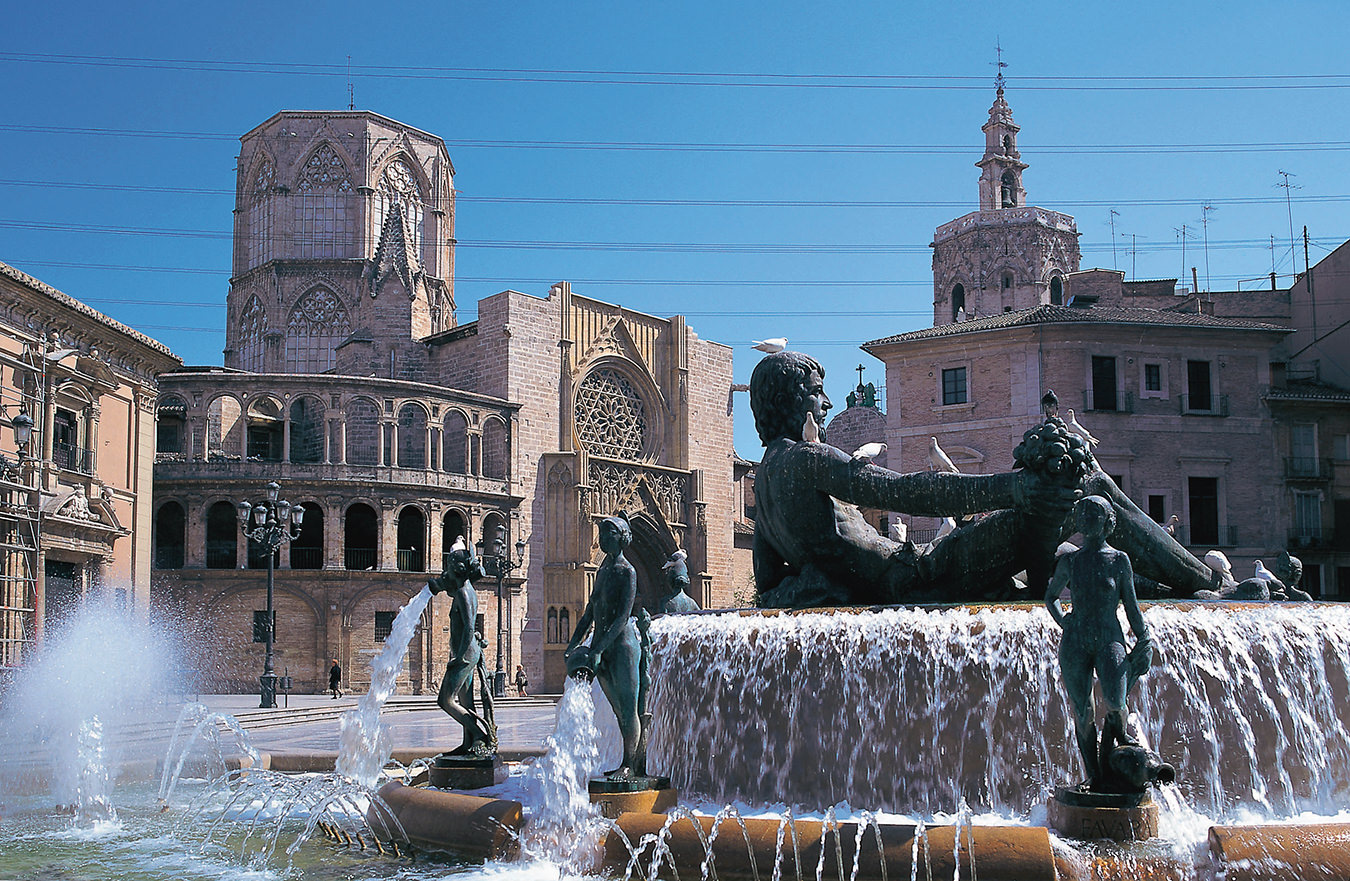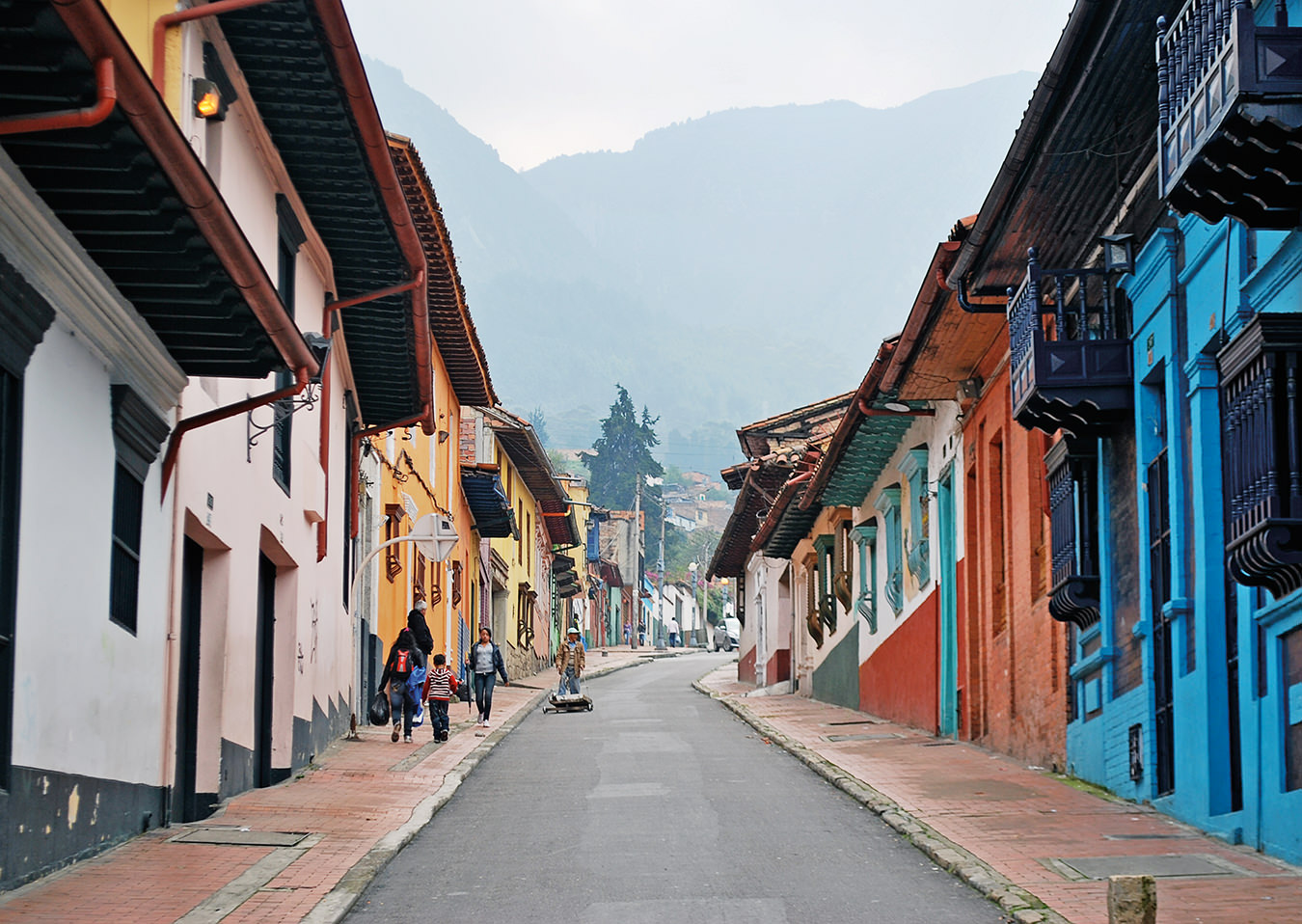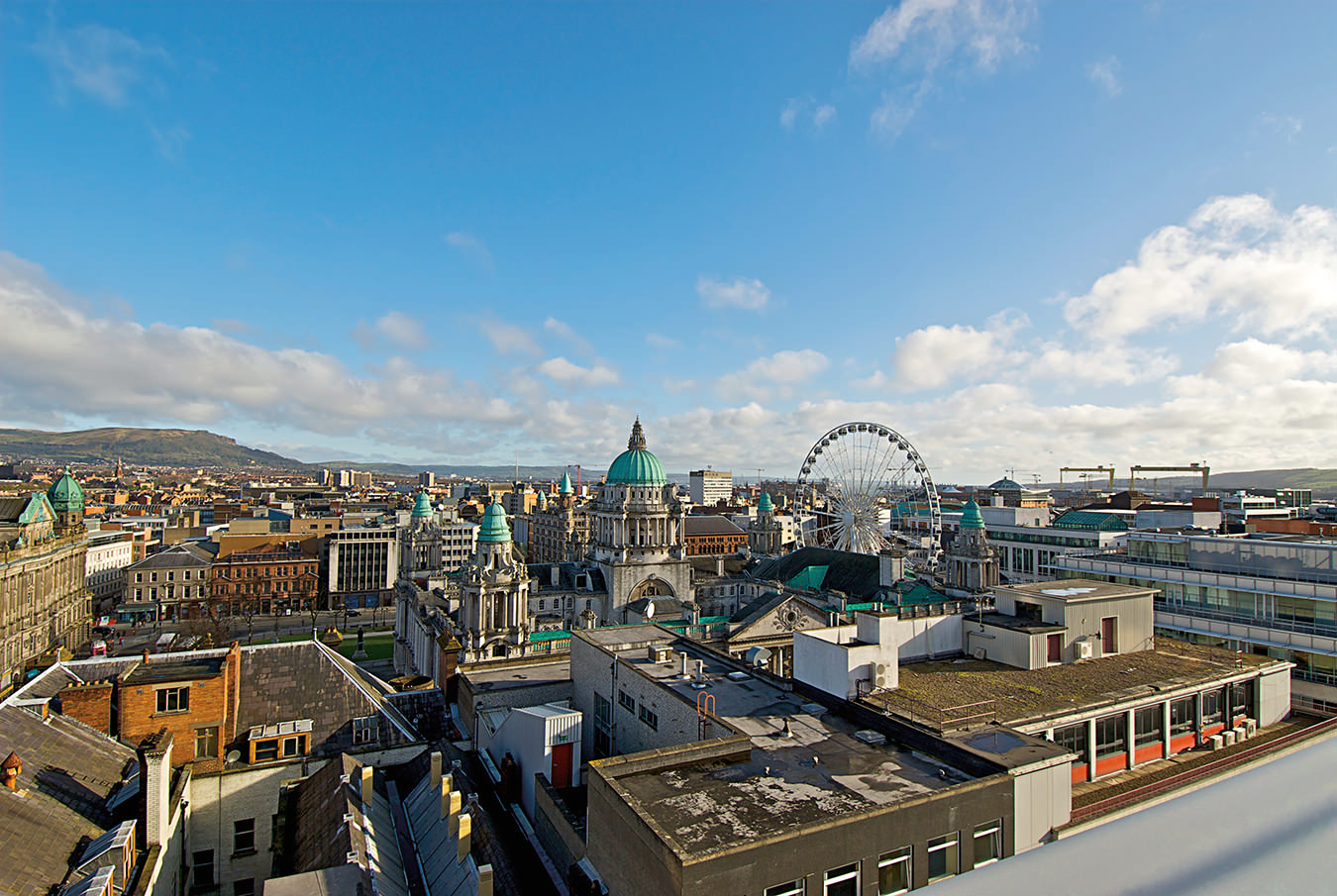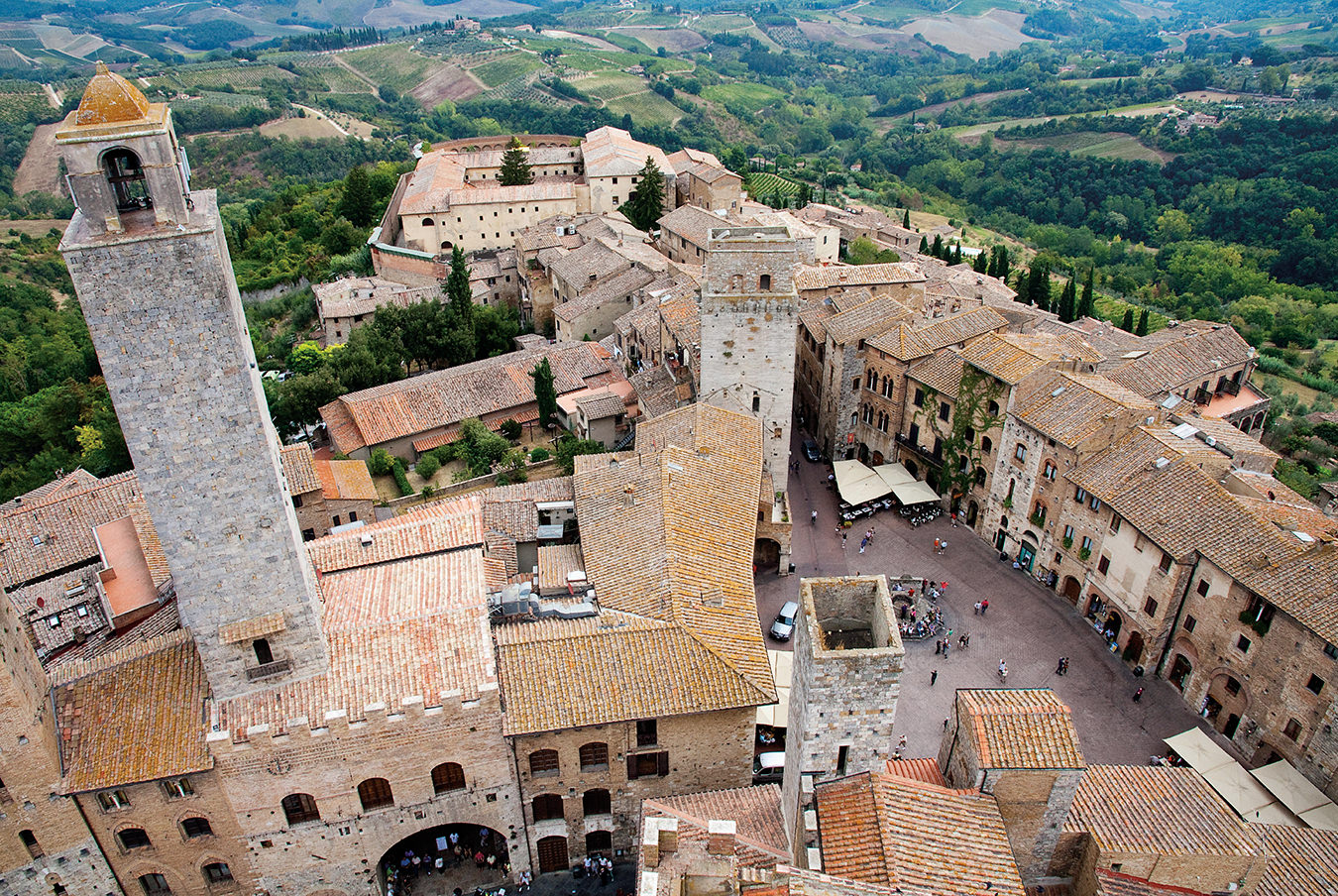Inside Marlon Brando’s Private Island Resort
An eco-resort like no other.
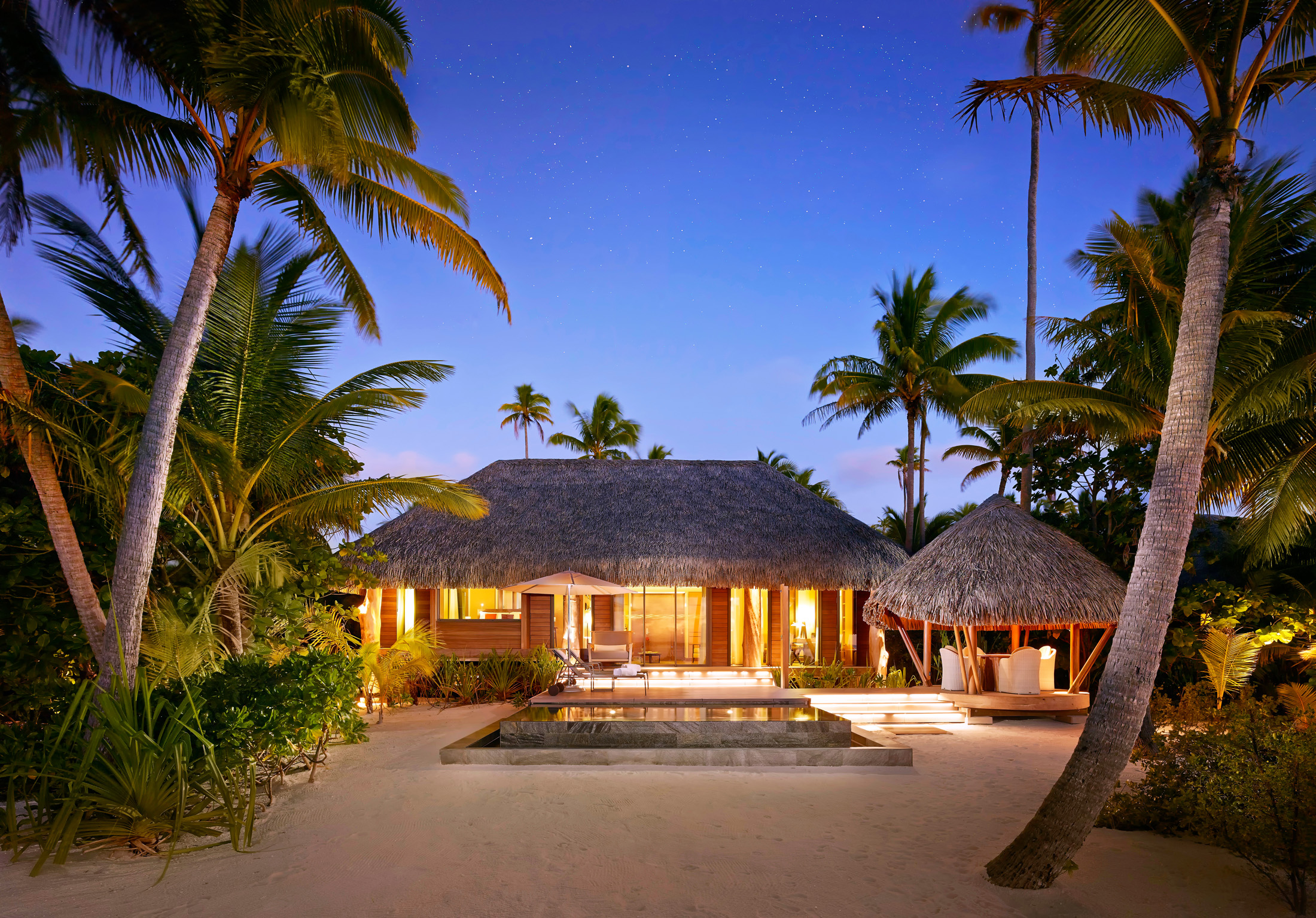
Throughout the 1970s and ’80s, Marlon Brando would fly friends across the 60-kilometre stretch of Pacific Ocean from Tahiti to the atoll of Tetiaroa, his private island. With Brando at the controls of a Britten-Norman six-seater, his guests would get a bird’s-eye view of 12 motus (islets) surrounding a deep turquoise lagoon before landing on one called Onetahi, where Brando had built a simple island retreat for entertaining friends in paradise. Tetiaroa has always been a natural wonder—only today, its dwellings are not so modest anymore.
Five years before he passed away, Brando shared his vision for Tetiaroa’s future with Richard Bailey, a hotel developer and owner of the Pacific Beachcomber hotel group (which owns and manages InterContinental Hotels in Tahiti, Moorea, and Bora Bora). The actor best known as the Godfather wanted to build the world’s first post-carbon eco-resort, one where fossil fuels have no future. After Brando’s death in 2004 (his ashes were scattered across Tetiaroa), his children continued the partnership with Pacific Beachcomber, which leases the motu Onetahi, upon which the Brando resort is built. They also established a non-profit organization called the Tetiaroa Society, whose members act as guardians of the atoll. In 2014, the Brando resort opened its doors with 35 oceanfront villas and has built up a staff that numbers almost 200. Even to this day, a few of Brando’s descendants are directly involved: a son, Teihotu Brando, leads fly-fishing experiences, and a granddaughter, Tumi Brando, works for the Tetiaroa Society.
While I, too, am flying to Tetiaroa in a similar six-seater plane, some other things are markedly different: I’m travelling not with Brando, but to the Brando. Same island, different century.
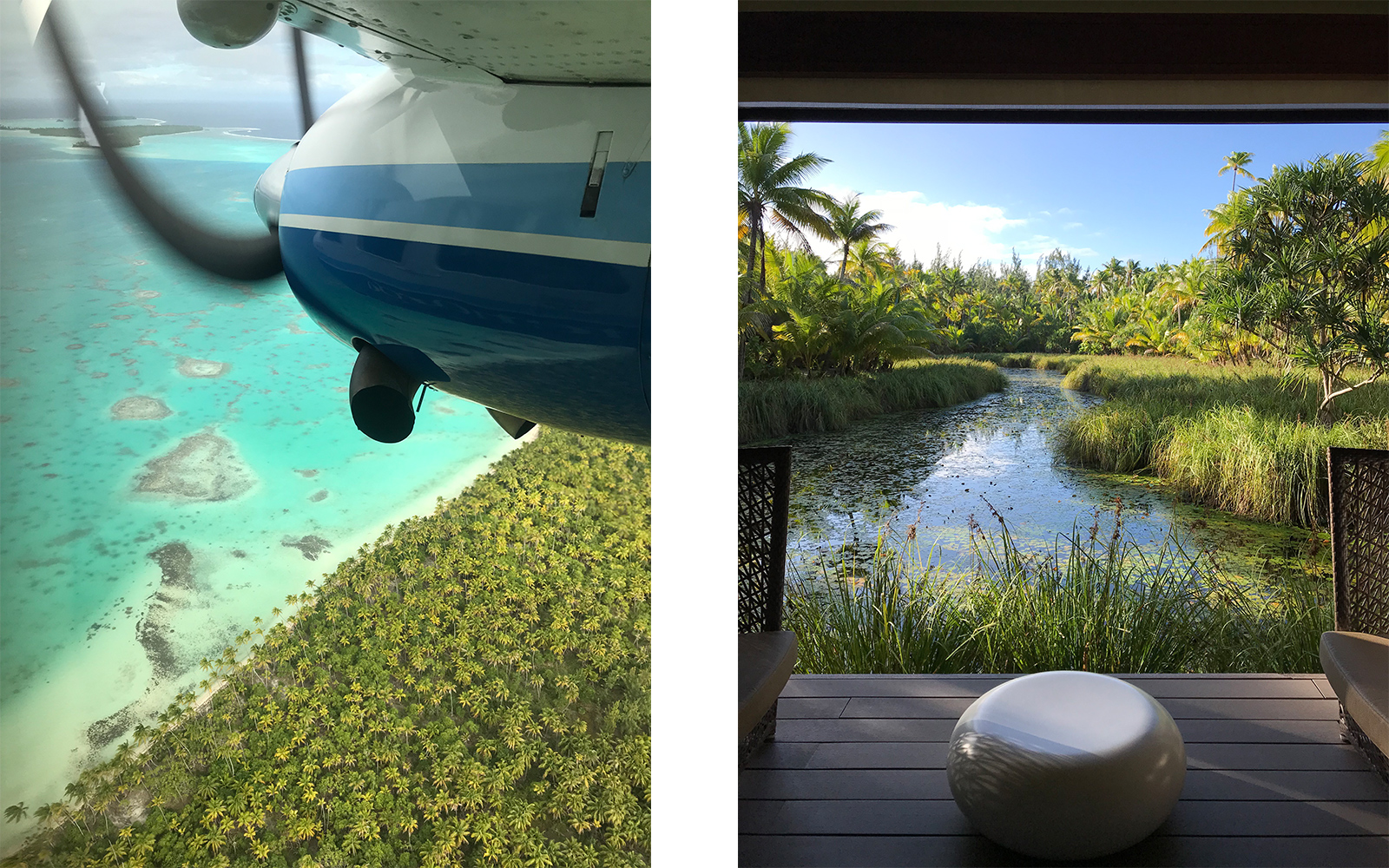
Photos by Katie Nanton.
As the engine drones, the outline of a distant island appears like a mirage, a seafoam-blue wisp of lagoon glimmering within. Thick swaths of palm trees sharpen into focus as we come in to land upon a runway lined with 3,800 solar panels. I remove my sunglasses to take it all in—paradise found. General manager Silvio Bion greets me in a golf cart to drive me through a tropical forest to Bob’s Bar, a tiki-style watering hole decorated with vintage photographs of Brando. It emanates Robinson Crusoe vibes—if a deserted island came stocked with all of your desired cocktails, that is.
Concierge Loïc Favry takes my drink order, noting that Bob’s is an homage to the eponymous bar that Brando used to have here, named after a favourite film set assistant. A man across from me lights up a Cuban cigar. “Everyone who flies in here sees the virgin island, its original shape—no overwater bungalows like everywhere else in French Polynesia,” explains Favry. “That is something Marlon always wanted.” It’s clear that this is luxury in paradise, a contemporary iteration of Brando’s original vision for his favourite place on Earth.
The resort’s remote, paparazzi-free location has lured the likes of Ellen DeGeneres and her wife, Portia de Rossi; Margot Robbie and her husband, Tom Ackerley; and Barack Obama, who spent three weeks here working on his memoir and brought the secret service in tow. There is minimal eyeballing of others at the Brando—instead, an unspoken understanding that each person with the means to get here wants the same thing: privacy in paradise.
When the property first opened, it got one scathing critique from Luxury Travel Intelligence, which called it “a strange and ill-conceived concept,” questioning its eco-friendliness because it had high-tech gadgetry. That perception has since been flipped on its head due to the mindful way with which all endeavours are undertaken. Green initiatives begin in the villas with coral reef–safe sunscreen, reusable water bottles, and recycling bins—all of which I am instucted to use. They continue to the island’s solar panels, which provide 60 per cent of the Brando’s total energy usage, and the swimming pools, all filled with chlorine-treated rainwater. The garbage processing plant routinely wins awards for efficiency and a $12-million (U.S.) Seawater Air Conditioning system (SWAC) works with water piped up from the depths of 3,000 feet in order to cool all of the accommodations.
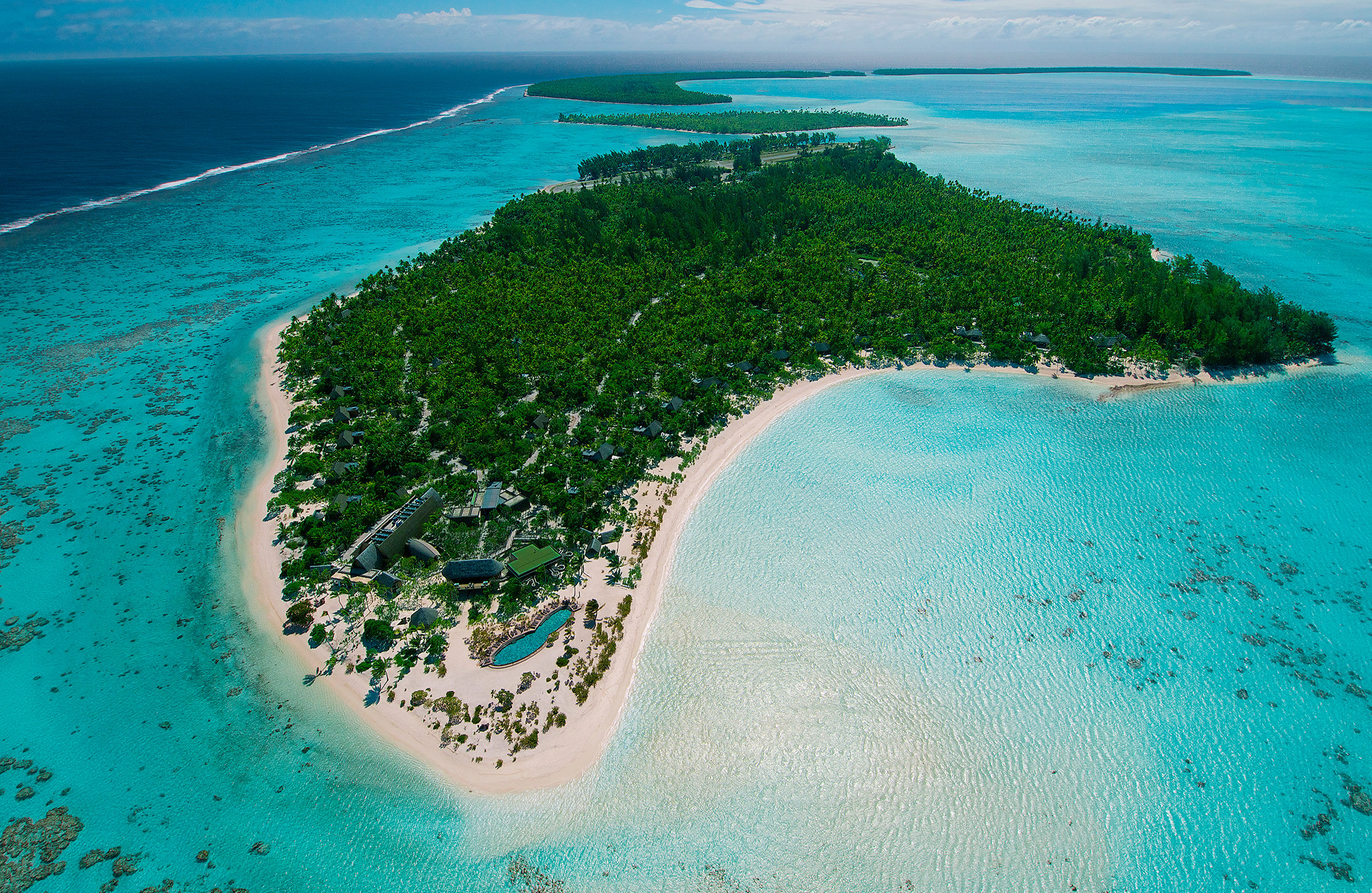
“Over half of a hotel’s energy can go towards air conditioning,” points out Alban Perret, who leads me on an environmental tour of the sprawling facilities. Under the shadow of an almond tree, a biofuel plant powers generators using Tahitian coconut oil mixed with 10 per cent diesel. “Biofuels are extremely pricy, but this is all in line with Marlon’s dream,” says Perret. “We have scientists and engineers visit from all over to study what we do. And you need huge motivation, and a huge investment, to do this.” Of both, the Brando has plenty, and its standing as a tourism industry pioneer is now recognized around the globe.
Investing has never been something the Brando shies away from, not with its lavish offerings or its renewable ethos. This summer, two new restaurants opened—a teppanyaki bar, Nami, and the oceanfront Beachcomber Café—to join Bob’s Bar, the Te Manu Bar (where you can play upon a chic white pool table), and an excellent French restaurant, Les Mutinés. The vision of Michelin-starred chef Guy Martin, the room design looks like the hull of a ship. Over dinner there one night, general manager Bion describes how the slightly spicy sea salt is foraged nearby and the honey is gleaned from hives on Tetiaroa, where bees live free of pollution and produce a hefty six harvests annually. “Tahiti is Eden,” Bion adds. “You plant things here, they grow.”
Ingredients from elsewhere have their place at the Brando, too: prized Ossetra caviar, winter black truffles from Alba, and foie gras are stocked, along with to-die-for bottles of wine. Rita Weltzer, food and beverage manager, walks me through the glass-walled wine cellar that sits in the centre of Les Mutinés like a James Bond lair for oenophiles. “Some VIP guests call me early to request specifics like Pétrus 2004 Pomerol—that one there,” she says, pointing to the pride of her stock. “I call around in Tahiti first to see if they have it, then L.A., then Paris.” Nothing comes easily to a remote island, especially wine from Bordeaux, but these requests are commonplace given her clientele. “We have a top VIP coming in a few months, so I ordered her 82 bottles of rosé from Saint-Tropez. Somebody recently came with 150 bottles of their own wine and left most of it here. When he returns next year, I’ll have it ready for him.”
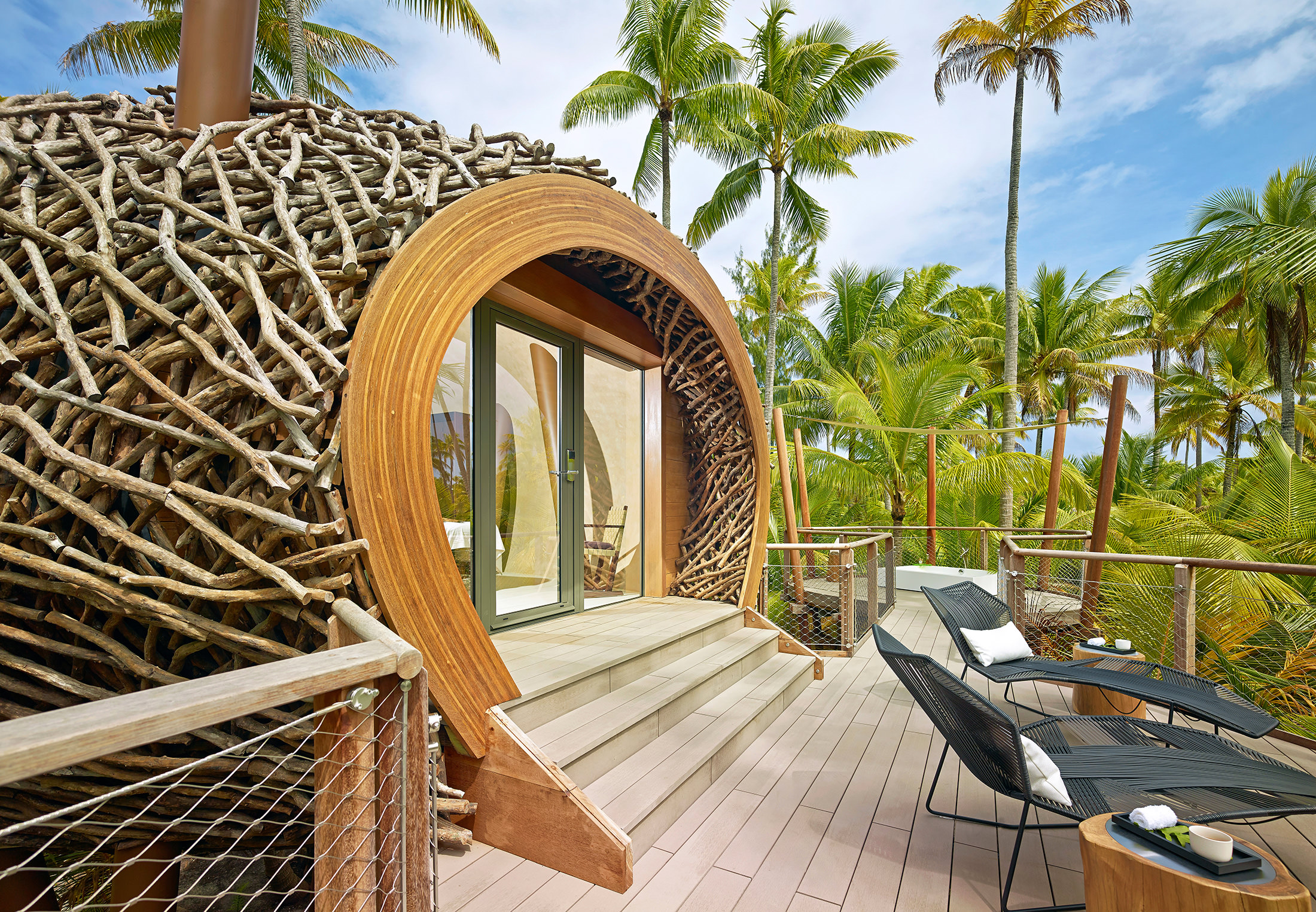
The Varua Te Ora Polynesian Spa has igloo-like domes adorned with mikimiki wood.
It’s easy to settle into a routine of a sunrise bike ride and room service al fresco, followed by paddle boarding or a boat excursion around the atoll to learn about its fragile ecosystem (there are no disruptive watercrafts, like jet skis, for fear that they will harm the reefs). But the best activities follow nature’s rhythm: searching for baby sharks, watching turtle hatchings, or swimming with humpback whales. Tahiti remains one of the last places in the world where this is possible, but like making a trip to see the Northern Lights, Mother Nature makes no guarantees. At the 21,500-square-foot Varua Te Ora Polynesian Spa, nature weaves with holistic nurture inside igloo-like domes adorned with mikimiki wood and boardwalk pathways set above a lily pad–laden pond.
Relaxation is a tradition here, after all. Tihoni Maire, a member of the Tetiaroa Society, explains this to me one searing-hot afternoon. “There are 90 sacred sites on the island. Anthropological studies have shown us that, like Switzerland, Tetiaroa was a rarity in this area—it had no war. It was a vacation spot for royalty and a place to connect to the land,” he says. “This is very important to us as Polynesians, because in our culture you don’t own the land, it owns you.”
It’s a rite of passage while on Tetiaroa to hop aboard a boat in search of a famously pristine stretch of beach and water nearby the motu Horoatera. I do this on my last morning at the Brando and learn that the area is jokingly called “50 Shades of Blue” by the staff; has been nicknamed Billionaires’ Pool by Leonardo DiCaprio, who coined the name on one of his many visits; and is referred to as “the queen’s swimming bath” by archaeologists. This references the last Tahitian queen who would come here to exfoliate her skin with the sulphurous sand found on this particular beach, then bathe in the water, an otherworldly shade of turquoise. Quite a different claim to fame than “most Instagrammable place on the island”—which it undoubtedly is—but far more exquisite because of it.

The Brando in French Polynesia is the world’s first post-carbon eco-resort.
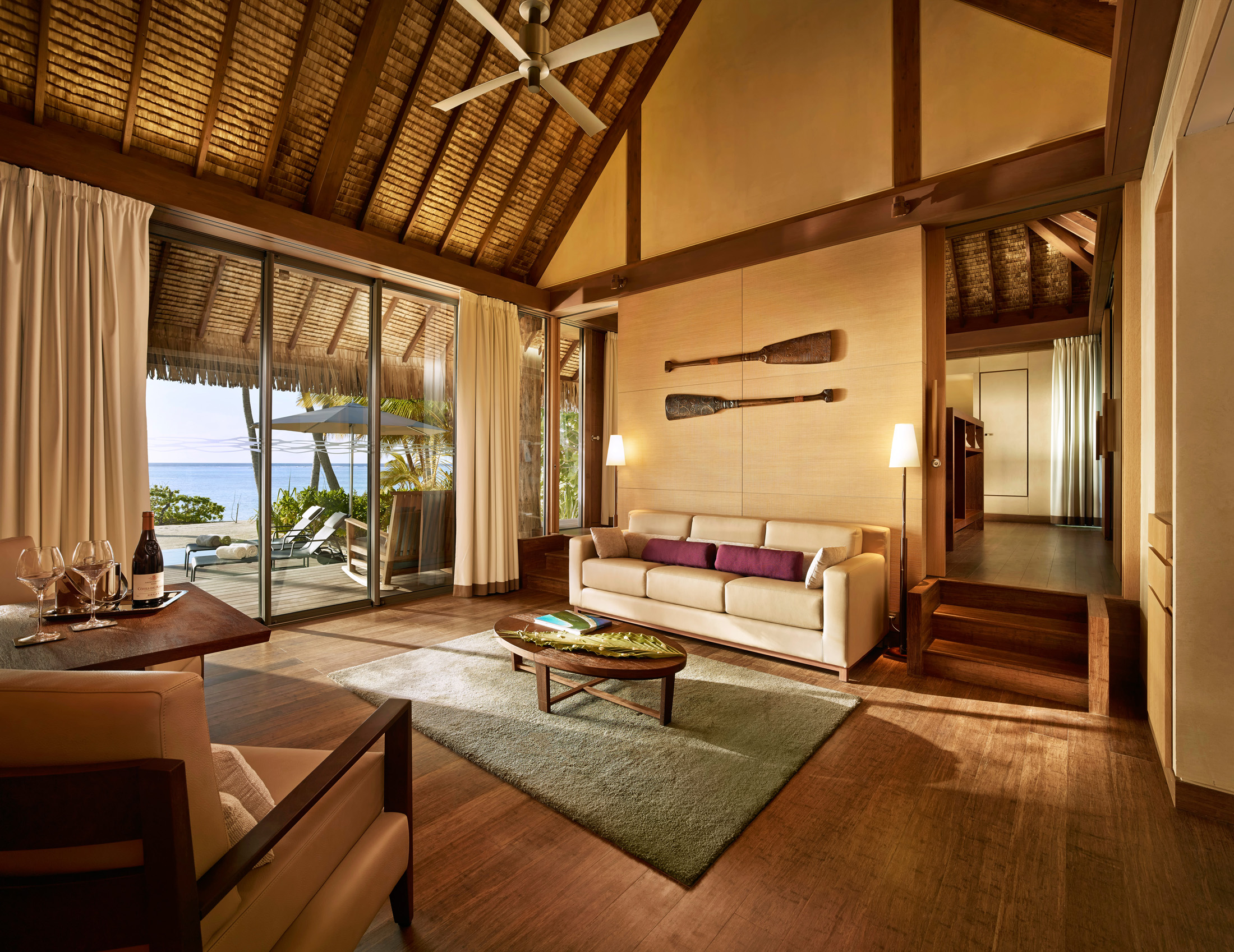
The living space of one of the resort’s villas.
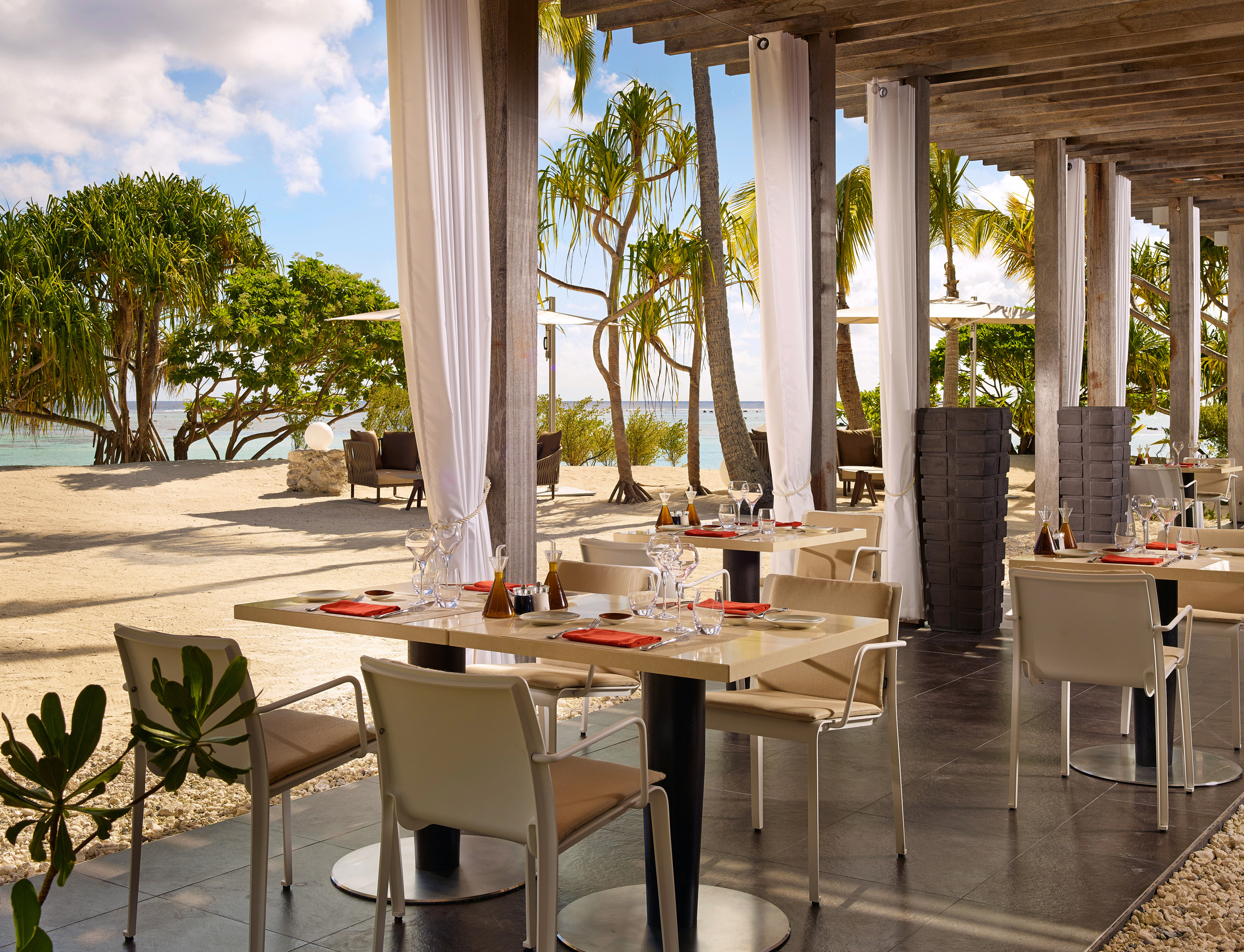
The oceanfront Beachcomber Café is one of two newly opened restaurants.
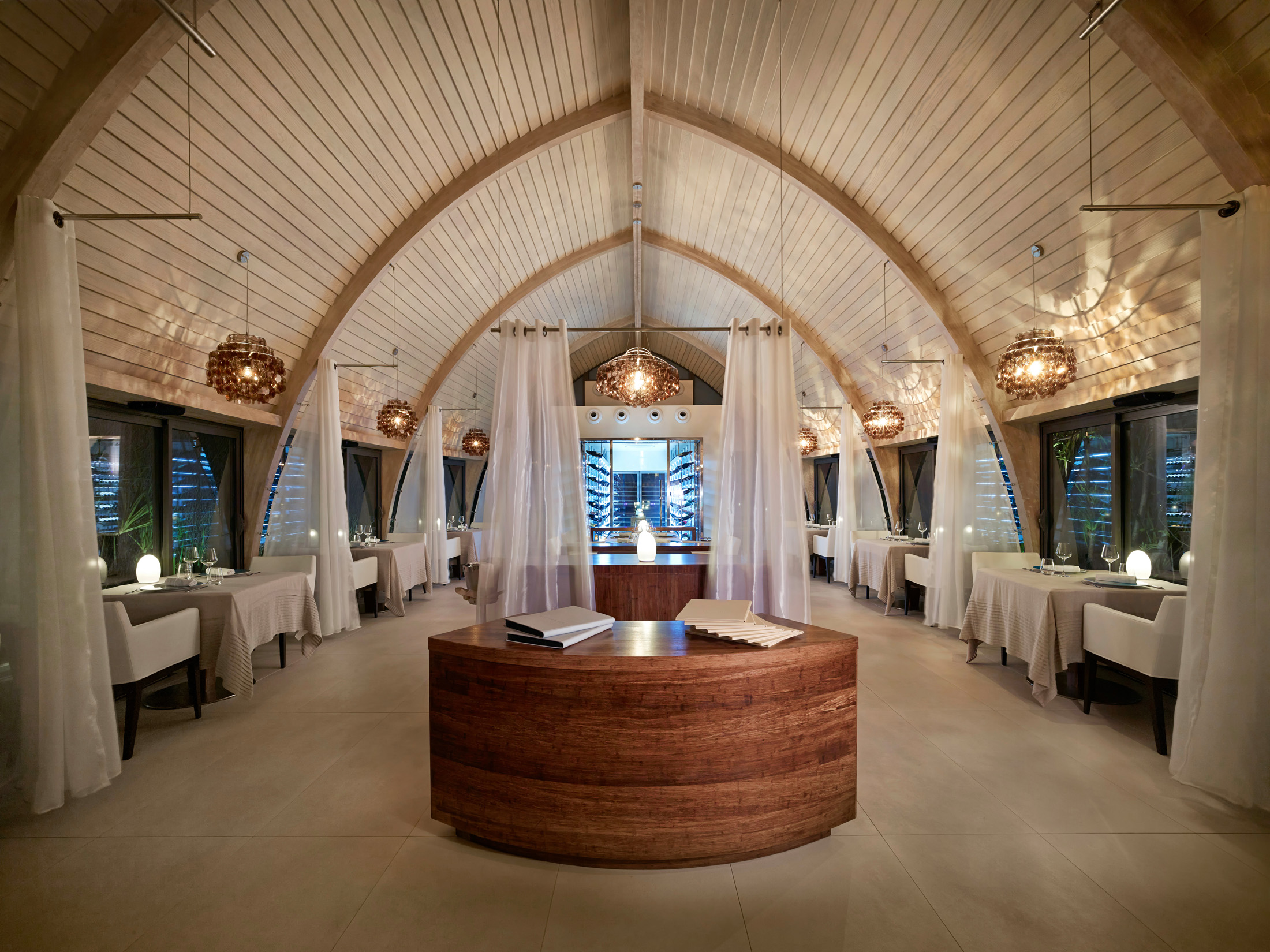
The resort’s French restaurant Les Mutinés is designed to look like the hull of a ship.
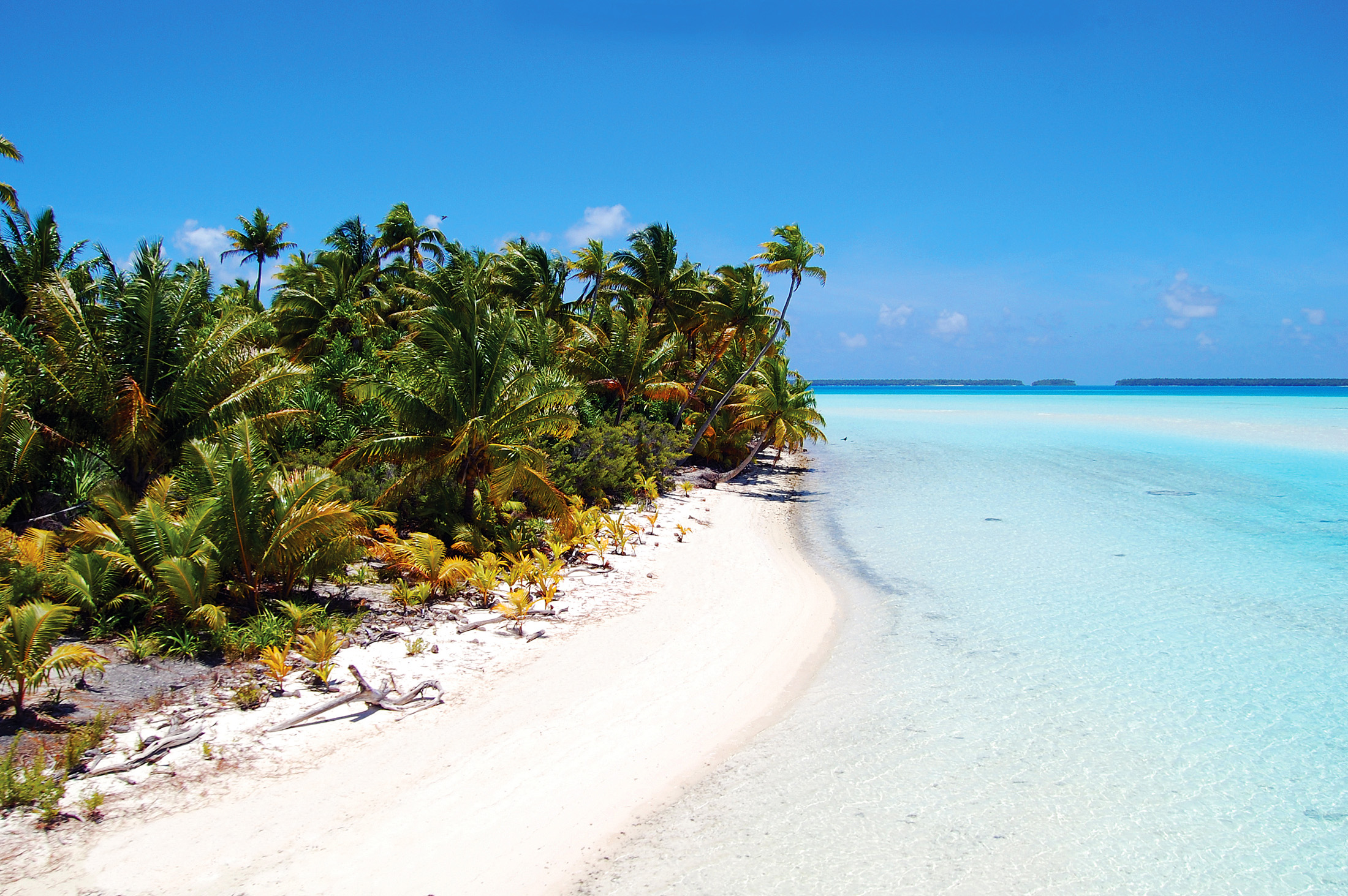
A pristine stretch of beach on the island. Photo by Tim McKenna.
_________
Never miss a story. Sign up for NUVO’s weekly newsletter.

